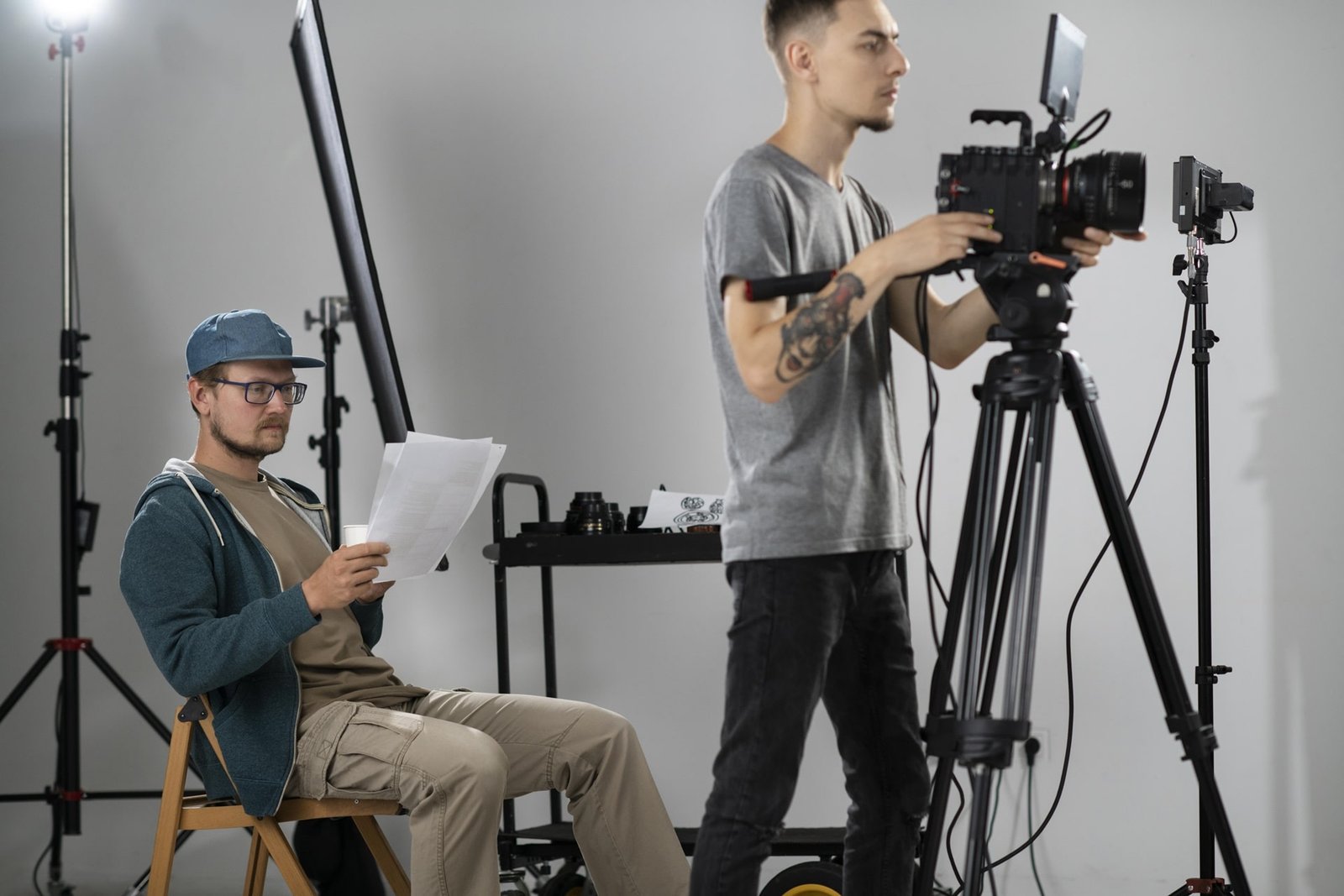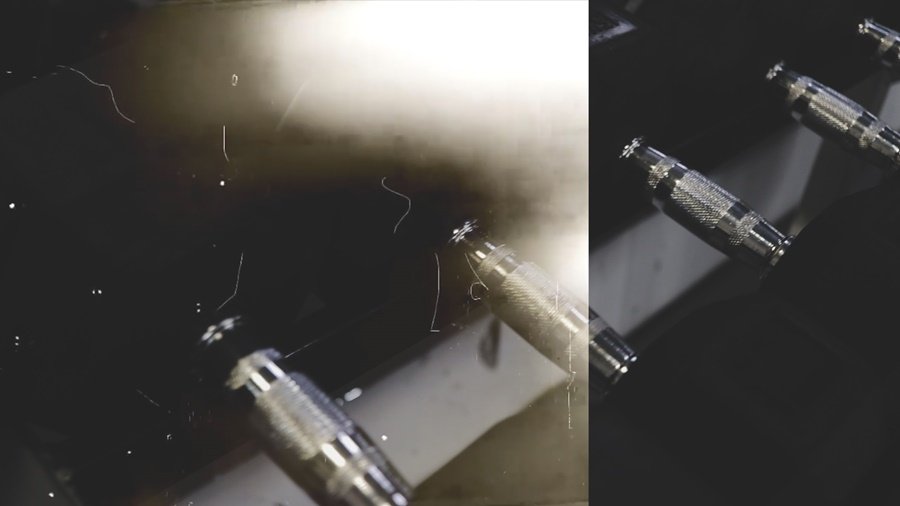Film composition is the cornerstone of impactful visual storytelling. Whether you’re just starting your filmmaking journey or looking to refine your skills, understanding the basics is crucial. In this comprehensive guide, we’ll delve into essential film composition techniques that will elevate your work to new heights.
Understanding the Rule of Thirds:
One of the fundamental principles of film composition is the Rule of Thirds. Imagine your frame divided into a grid with two horizontal and two vertical lines, creating nine equally sized rectangles. This grid serves as a guide to place key elements of your shot along these lines or their intersections. Doing so adds balance and visual interest to your composition.
In a dramatic scene, positioning the protagonist at one of these intersections can create a sense of tension or focus. Conversely, placing a significant element along one of the lines can lead the viewer’s eye through the frame.
Balancing Elements within the Frame:
Achieving balance is essential in film composition. While balance doesn’t always mean perfect symmetry, it involves distributing visual elements in a way that feels harmonious. For instance, if you have a dominant subject on one side of the frame, balancing it with a complementary element on the other side creates a visually appealing composition.
Consider a shot of a character gazing into the distance. Balancing this with an object or another character on the opposite side can enhance the overall visual impact and engagement.
Leading Lines and Depth:
Integrating leading lines into your composition is a powerful technique to guide the viewer’s eyes and create a sense of depth. Leading lines can be anything from a winding road to a row of trees or architectural elements. These lines draw attention and invite the viewer to explore the depth of your visual narrative.
For instance, in a landscape shot, a winding river or a road leading into the distance can add a dynamic element to your composition, making it more visually engaging.
Frames within Frames:
Creating frames within your frame adds layers and depth to your composition. This involves using elements within the scene, like doorways, windows, or natural surroundings, to frame the main subject. This technique not only adds visual interest but also draws attention to the central elements of your shot.
In a portrait, using an architectural element to frame the subject can add context and create a more visually compelling image.
Utilizing Depth of Field:
Manipulating depth of field is a cinematographic technique that can significantly impact your storytelling. Experimenting with shallow and deep depths of field allows you to control what the viewer focuses on. For example, a shallow depth of field can isolate a subject from the background, drawing attention to specific details or emotions.
In a romantic scene, using a shallow depth of field to blur the background while keeping the characters in focus can enhance the intimate atmosphere.
Using Color and Contrast:
Color is a powerful tool in film composition, influencing the mood and tone of your narrative. Understanding the emotional impact of different colors enables you to convey specific feelings to your audience. Additionally, paying attention to contrast—both in color and brightness—can highlight important elements in your composition.
Consider a scene where a character faces a moral dilemma. Using a contrasting color palette can visually represent the conflict, enhancing the emotional impact of the narrative.
In conclusion, mastering the basics of film composition is a journey that involves understanding and integrating various techniques. From the Rule of Thirds to manipulating depth of field, each element contributes to the overall impact of your visual storytelling. As you explore and practice these techniques, you’ll find your unique voice and style as a filmmaker, creating visually stunning films that resonate with your audience.
Unlock the secrets of compelling filmmaking with our guide to film composition techniques. Elevate your storytelling and captivate your audience by mastering the art of arranging elements within the frame.








